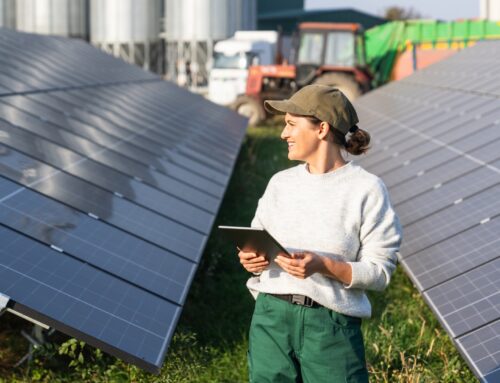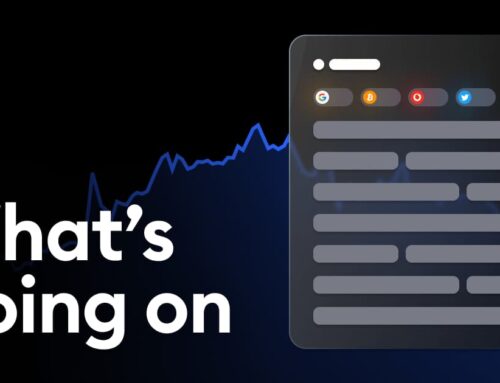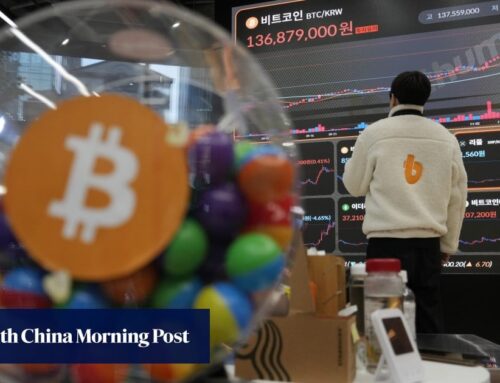More than 40% of electricity used in Australia’s main power grid at start of year was rene
May 6, 2025
Renewable energy generation rose substantially in Australia’s main power grid over the past year, producing 43% of electricity used across the five eastern states and the ACT between January and March.
The increase – from 39% last year – came as generation from black and brown coal-fired power plants fell to its lowest level on record for the first quarter, in part due to ageing stations being unavailable due to outages. Gas-fired electricity generation was also down.
The Australian Energy Market Operator said the shift from fossil fuels to zero emissions sources drove a 5.1% drop in greenhouse gas emissions from electricity on the east coast.
Electricity was up 16% from rooftop solar panels, 18% from windfarms and 10% from large solar farms. Output from battery storage surged 86% as several large batteries were connected to the grid.
Total demand for electricity hit a new record for the quarter, mainly due to people in Victoria and South Australia using air conditioners more. But demand for electricity from big generators and farms fell slightly as rooftop solar continued to play a larger role. More than 4m homes across the country have solar systems.
The data suggests that a recent pause in the expansion of large-scale renewable energy may be over, and that a stalled long-term decline in climate pollution from the electricity sector may have resumed. Experts said growth would need to accelerate to push the country towards the Albanese government’s goal of 82% of electricity coming from renewables by 2030.
Average wholesale electricity prices were down 6% from the final quarter last year, but still 9% higher than the first quarter of 2024. The year-on-year increase was mainly driven by a big jump in wholesale prices in Tasmania, where the cost of hydro generation surged.
Average prices across the mainland eastern states varied, but fell overall by 2.5%. A hike in the cost of coal and hydro energy was mostly offset by the increased use of cheap solar and wind.
Stephanie Bashir, the chief executive of Nexa Advisory, said renewable generation and batteries were having “a positive impact on the system dynamics, wholesale prices and emissions reductions”.
“That’s good for power security, reliability, and affordability,” she said. “What we need right now from the majority-led Albanese government is ambition to accelerate this momentum.
“Transmission lines remain the missing link in the transition – we must unblock progress. Regional Australia matters … we need to ensure we are supporting our regions to reap the benefits and bringing them with us on the journey. Do this and we can keep the lights on while getting on with the ultimate objective of becoming a renewable energy superpower.”
The Climate Council’s Greg Bourne said the data showed “power use is increasing and renewables are meeting the challenge”.
“Renewables will keep breaking records as Australia’s wholesale energy becomes cleaner, more affordable, and more reliable,” he said.
Building capacity
The Albanese government won office in 2022 assuming that solar and wind developers would continue to build rapidly as long as authorities “rewired the nation” through a $20bn commitment to build transmission lines and interstate connections required to harness clean energy.
By November 2023 it acknowledged this was not the case as investment in major developments dried up, and the climate change and energy minister, Chris Bowen, announced a large expansion of a taxpayer-underwriting program – known as the capacity investment scheme – to meet the government’s 82% renewable energy goal.
He said Labor would underwrite 23 gigawatts of new solar and windfarms and 9GW of new storage between 2024 and 2027. Fossil fuel energy was not eligible.
The government commitment is to guarantee minimum revenue for developers for the electricity they generate. Taxpayers will pay the difference if the commercial return falls below this rate. Auctions for underwriting contracts are held every six months.
The capacity investment scheme was not initially enshrined in legislation, but became law in February after a request from the Greens in return for support for an unrelated bill.
Johanna Bowyer, an analyst with the Institute for Energy Economics and Financial Analysis, said the rising renewable energy contribution, particularly when the sun is high in the middle of the day, meant wholesale electricity prices were zero or negative 18% of the time.
She said large-scale batteries now earned 88% of their revenue by buying and storing cheap solar and wind energy during the day and selling it when prices were higher in the evening. The remaining 12% of revenue was earned by providing the frequency needed to stabilise the grid.
Search
RECENT PRESS RELEASES
Related Post




